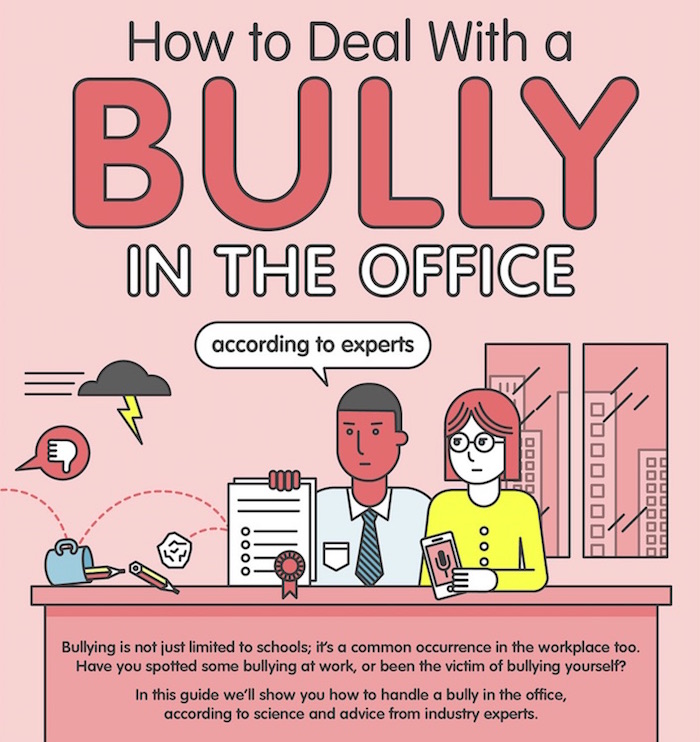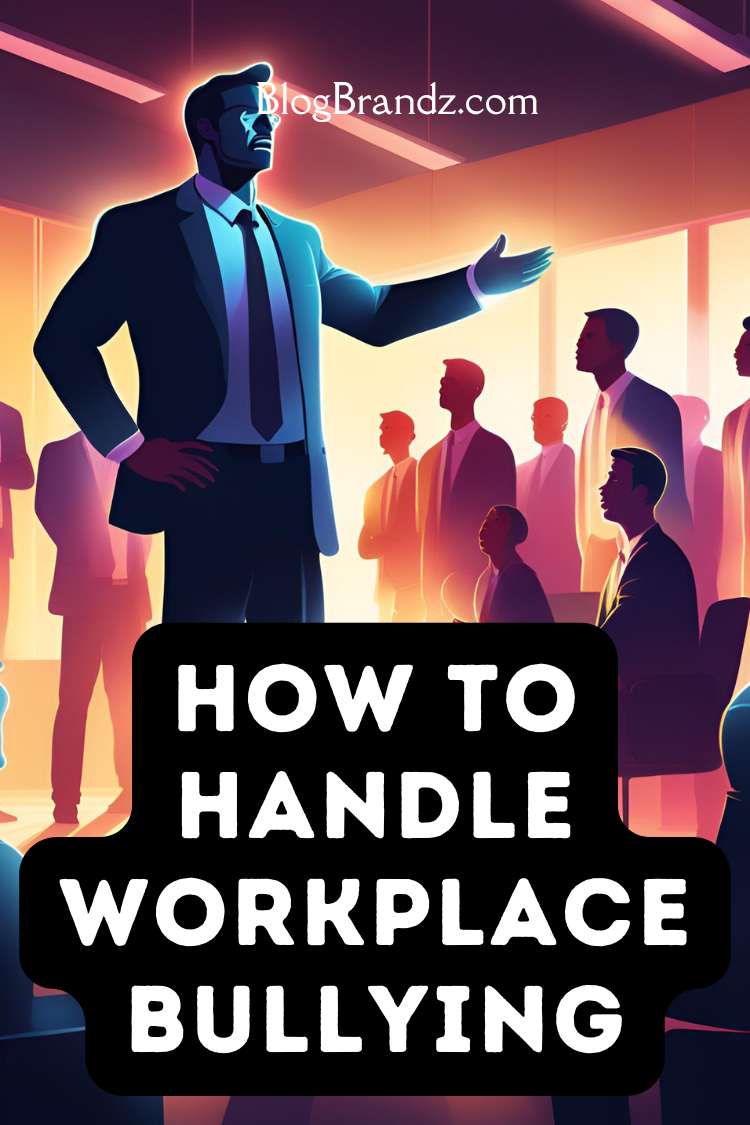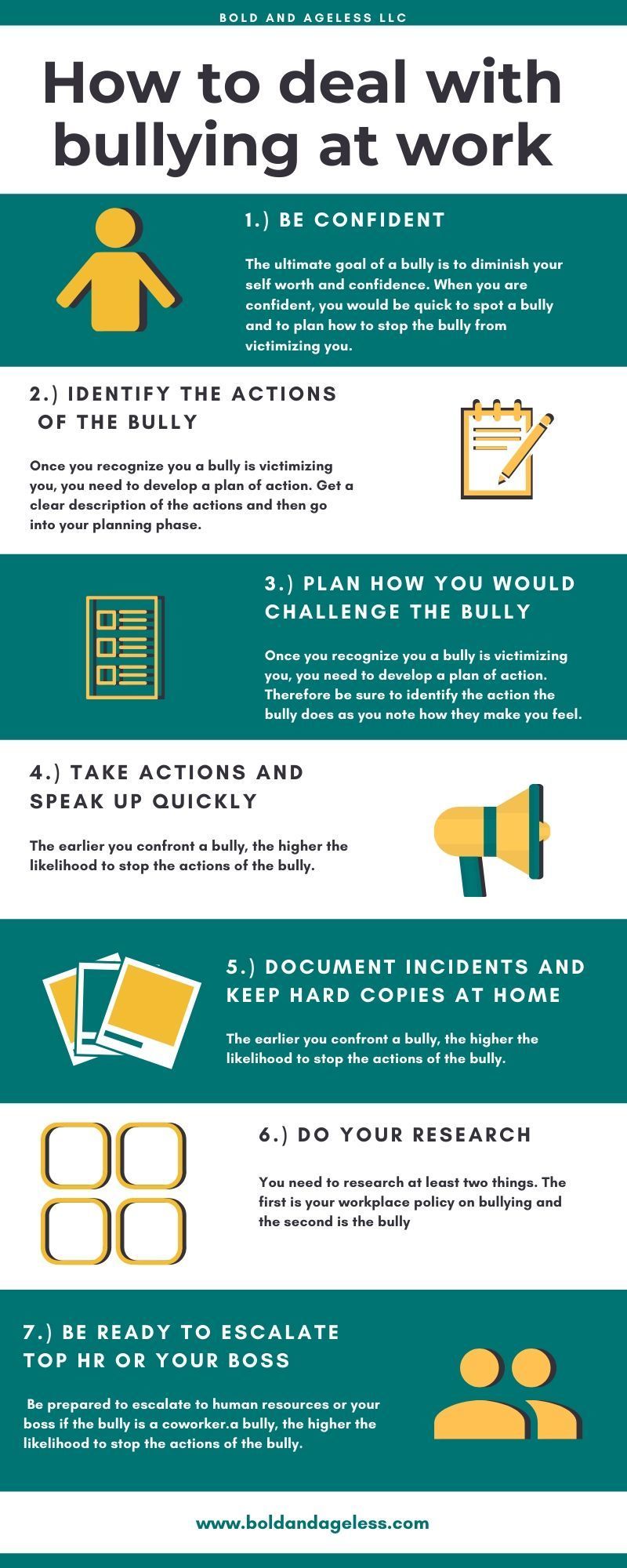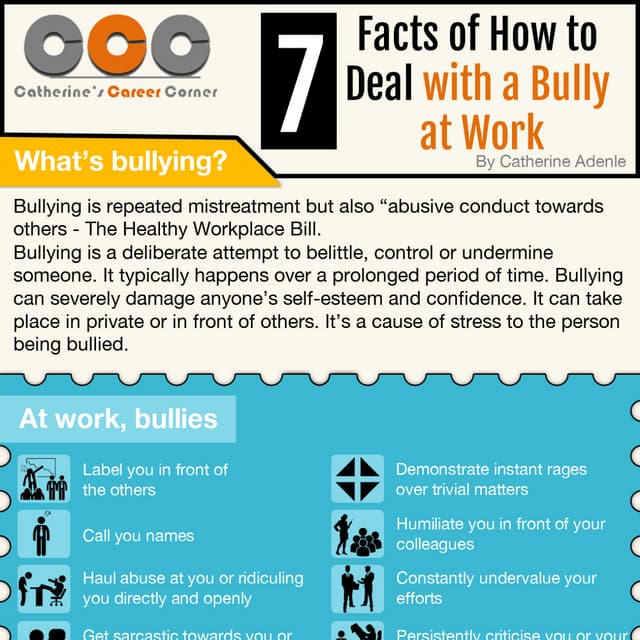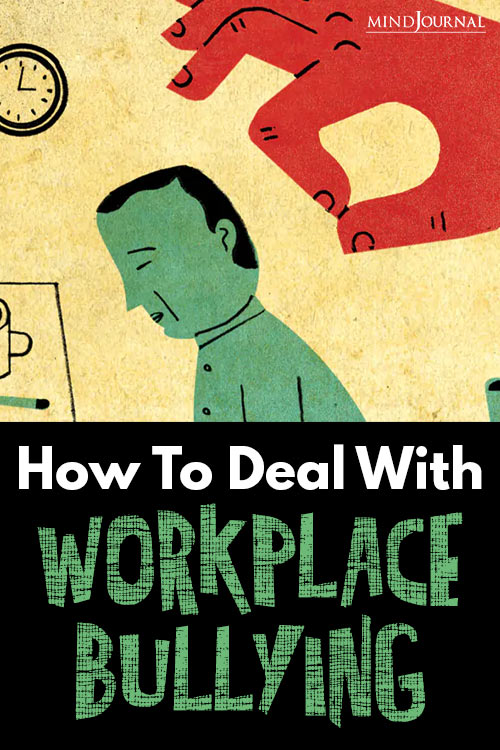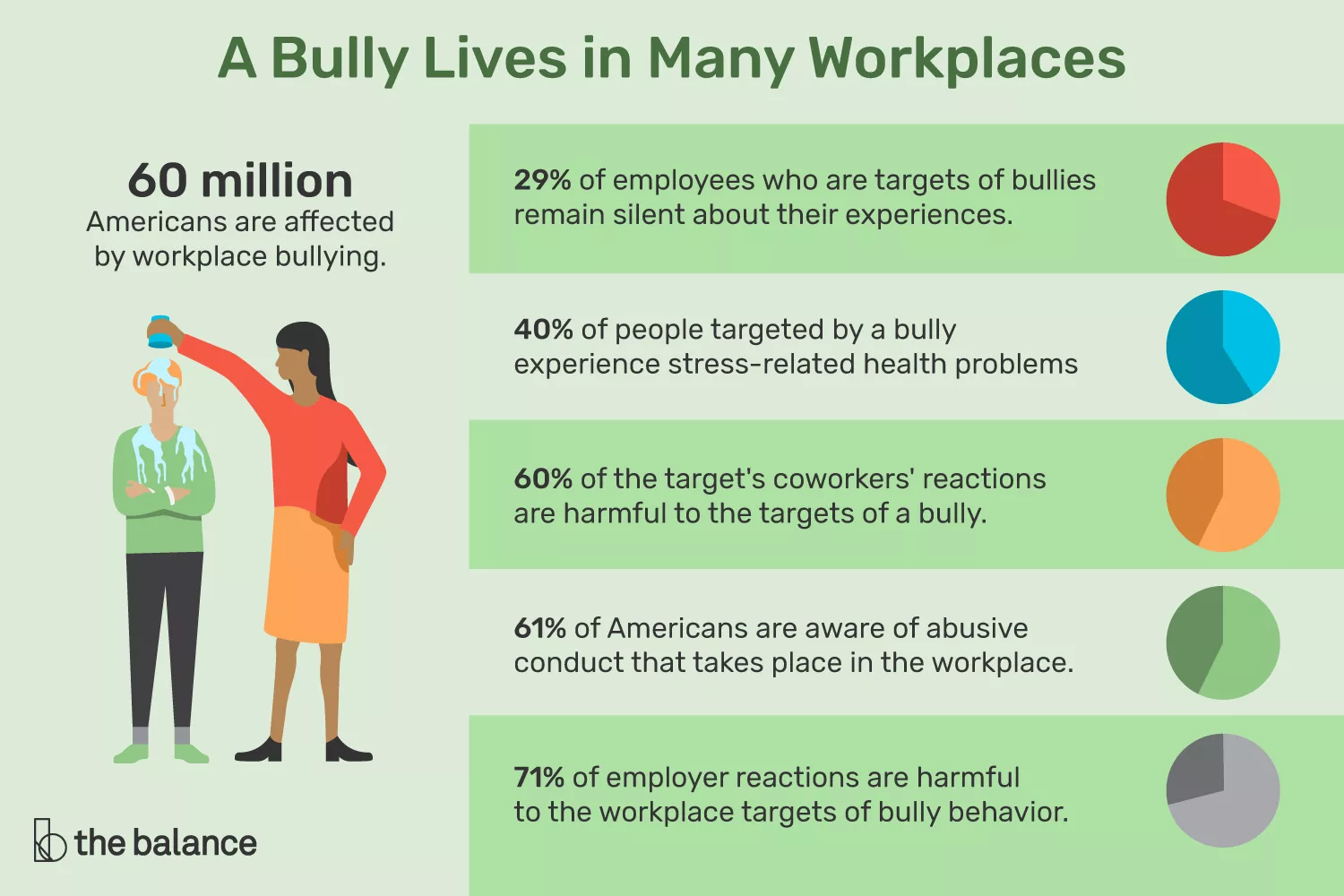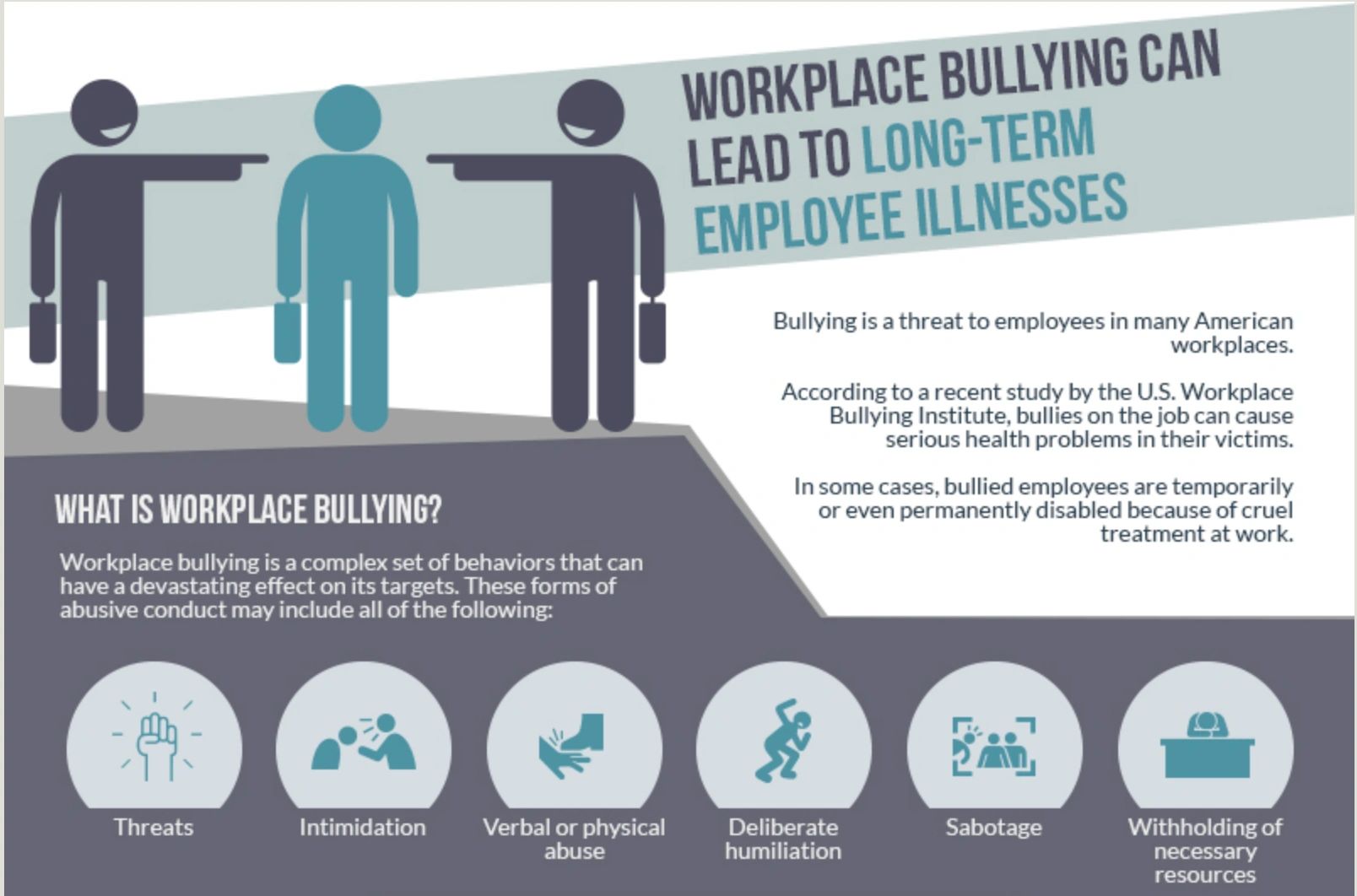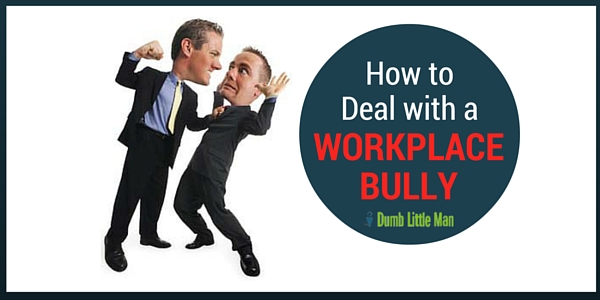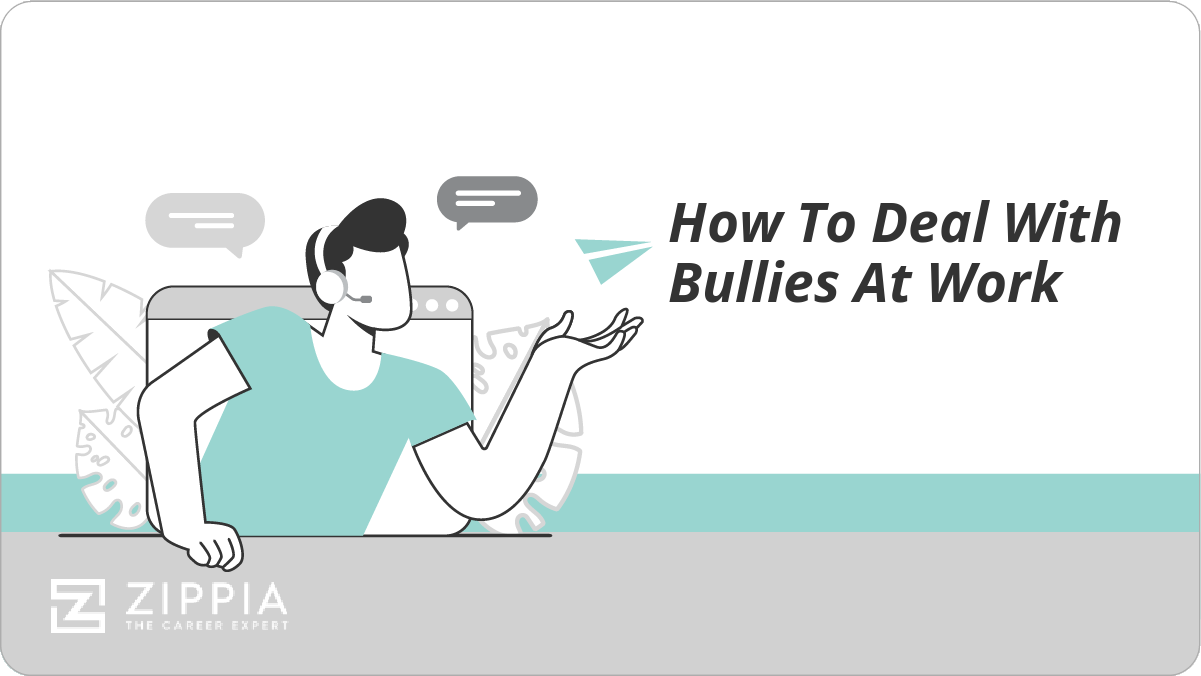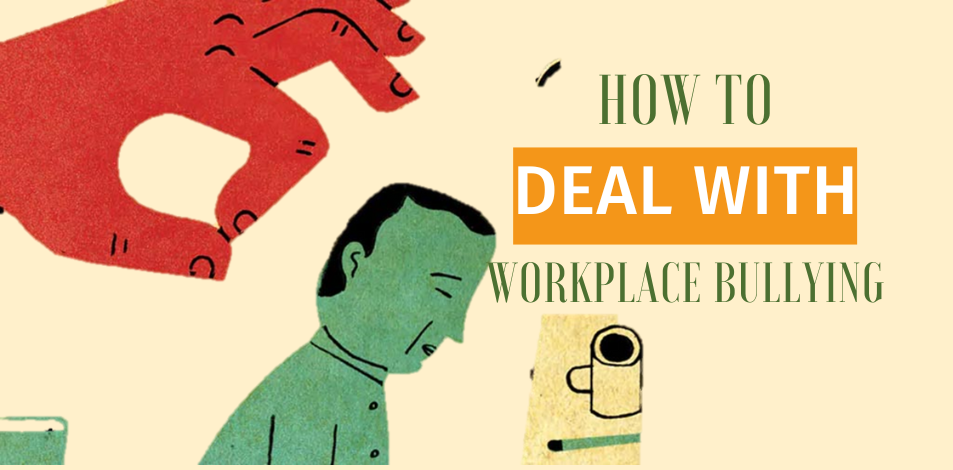Best Way To Deal With Bullies At Work
Are you dreading Monday mornings? Does the thought of facing a particular colleague fill you with anxiety? You're not alone. Workplace bullying is a pervasive issue, and this guide is for you, the individual experiencing it for the first time, seeking actionable strategies to regain control and thrive.
We'll delve into effective methods for tackling this problem head-on. This guide is your toolkit for understanding, navigating, and ultimately overcoming bullying in the workplace.
Understanding Workplace Bullying
Workplace bullying isn't just about personality clashes. It's a persistent pattern of mistreatment that undermines, isolates, or threatens an individual.
It can manifest in many ways, from verbal abuse and intimidation to sabotaging work and spreading rumors. Recognizing these behaviors is the first step toward addressing them.
Why Addressing Bullying Matters
Bullying doesn't just affect your workday; it impacts your overall well-being. It can lead to stress, anxiety, depression, and even physical health problems.
Addressing bullying protects your mental and emotional health. It also helps create a healthier and more productive work environment for everyone.
Top 5 Strategies for Dealing with Bullies
Here's a breakdown of five effective strategies you can use to navigate and overcome workplace bullying:
| Strategy | Description | Pros | Cons | Cost (Emotional/Effort) |
|---|---|---|---|---|
| Document Everything | Keep a detailed record of bullying incidents, including dates, times, witnesses, and specific behaviors. | Provides evidence for HR or legal action; helps you track the pattern of abuse. | Can be time-consuming; may be emotionally taxing to relive incidents. | Medium |
| Set Boundaries | Clearly communicate your limits and expectations to the bully. | Asserts your rights; can deter future bullying behavior. | May escalate the situation if the bully is particularly aggressive; requires confidence. | Medium |
| Report to HR | Formally report the bullying to your Human Resources department. | Provides an official channel for addressing the issue; can trigger an investigation. | May not always result in a satisfactory outcome; can be intimidating. | High |
| Seek Support | Talk to trusted colleagues, friends, family, or a therapist about your experiences. | Provides emotional support; helps you process your feelings; offers perspective. | May not directly address the bullying behavior. | Low |
| Transfer or Leave | If the bullying persists and other strategies fail, consider transferring to a different department or leaving the company. | Removes you from the toxic environment; allows you to prioritize your well-being. | May be disruptive to your career; requires finding a new job. | High |
Detailed Reviews of Each Strategy
Document Everything: The Power of Proof
Meticulous documentation is your most powerful weapon. Each entry should include the date, time, location, specific actions or words used by the bully, and any witnesses present.
This creates a verifiable record that strengthens your case when reporting the bullying. It will also help you to see the pattern and type of bullying.
Setting Boundaries: Taking Control
Clearly and calmly communicate your boundaries to the bully. Use "I" statements to express how their behavior affects you, for example, "I feel disrespected when you interrupt me in meetings."
Be firm and consistent in enforcing your boundaries. Do not engage in arguments or get drawn into their games.
Reporting to HR: Navigating the Official Channels
Familiarize yourself with your company's anti-bullying policy. Follow the established reporting procedures and provide your documented evidence to HR.
Remember, HR's primary responsibility is to the company. Be prepared that the process may not go exactly as you expect.
Seeking Support: You Are Not Alone
Talking about your experiences can be incredibly therapeutic. Lean on trusted friends, family, or colleagues for emotional support.
Consider seeking professional help from a therapist or counselor. They can provide coping mechanisms and strategies for dealing with the stress and anxiety caused by bullying.
Transferring or Leaving: When Enough is Enough
Sometimes, despite your best efforts, the bullying persists. Don't hesitate to prioritize your well-being and seek opportunities elsewhere.
A new environment can offer a fresh start and a chance to thrive in a supportive workplace. Your mental health is worth more than any job.
"Used vs. New": A Different Perspective
This isn't about buying something; it's about taking action. "Used" represents trying to resolve the issue internally first, like setting boundaries. "New" signifies escalating the situation, like reporting to HR or seeking legal counsel.
Trying internal solutions first can be less disruptive and empowering. However, escalating the situation might be necessary if the internal solutions do not work.
Reliability Ratings by Strategy
It's difficult to assign definitive reliability ratings, as the success of each strategy depends on various factors. These factors include company culture, HR effectiveness, and the bully's personality.
- Documentation: Highly Reliable (provides evidence regardless of outcome)
- Setting Boundaries: Moderately Reliable (effectiveness depends on the bully's behavior)
- Reporting to HR: Varies (depends on the company's commitment to addressing bullying)
- Seeking Support: Highly Reliable (provides emotional support regardless of the situation)
- Transfer/Leave: Highly Reliable (removes you from the toxic environment)
Checklist: 5 Must-Check Actions Before Deciding
- Document everything: Have you created a detailed record of the bullying incidents?
- Tried setting boundaries: Have you clearly communicated your limits to the bully?
- Reviewed company policy: Are you familiar with your company's anti-bullying policy?
- Sought support: Have you talked to trusted individuals about your experiences?
- Evaluated your well-being: Are you prioritizing your mental and emotional health?
Summary
Workplace bullying is a serious issue that can significantly impact your well-being. Recognizing the signs, documenting incidents, and setting boundaries are crucial first steps.
Don't hesitate to seek support from trusted individuals or report the bullying to HR. Remember, your mental and emotional health are paramount. If the situation doesn't improve, consider transferring or leaving the company.
Call to Action
Take control of your work environment today. Start documenting incidents, set clear boundaries, and seek support. Your well-being matters. Don't let bullies steal your joy and potential. You deserve a healthy and respectful workplace. Consult with HR or an attorney today to discuss your options and protect your rights.
